
Exploring the Health Benefits of Common Mallow: A Nutritional Powerhouse

Often dismissed as a common roadside plant, Malva sylvestris—better known as common mallow—is a botanical treasure with a long history in traditional medicine. From soothing digestive woes to nourishing the skin, this humble herb packs a powerful punch of health benefits that make it far more than just a weed.
A Nutritional Powerhouse
Common mallow is brimming with essential nutrients that support overall health. Rich in vitamins A, C, and K, it also delivers a healthy dose of minerals like calcium, magnesium, and potassium. These nutrients are vital for maintaining bone strength, cardiovascular health, and optimal nerve function. Its antioxidant content further adds to its nutritional profile, helping the body combat oxidative stress and cellular damage.
Gentle Relief for Digestive Issues
One of the most notable features of common mallow is its mucilaginous (gel-like) quality, found especially in the leaves and roots. This soothing substance coats the digestive tract, offering relief from irritation, indigestion, and mild stomach upset. Its gentle, natural approach makes it an appealing remedy for those with sensitive digestion.
Natural Anti-Inflammatory and Antioxidant
Common mallow contains bioactive compounds such as flavonoids and phenolic acids, known for their anti-inflammatory and antioxidant effects. These properties help reduce inflammation throughout the body and protect against damage caused by free radicals—factors associated with chronic illnesses like heart disease and arthritis.
Traditional Respiratory Remedy
In folk medicine, common mallow has long been valued for its ability to ease respiratory discomfort. Its natural expectorant properties help loosen mucus, making it easier to clear the airways. Whether for soothing a lingering cough or relieving congestion, mallow has been a trusted go-to remedy for generations.
Skin-Soothing Properties
Thanks to its high mucilage content, common mallow is also used topically to calm irritated skin. It acts as a natural emollient, hydrating and softening the skin while relieving minor ailments such as rashes, insect bites, and dry patches. It’s a gentle, plant-based option for sensitive skin.
Culinary Applications and Precautions
Beyond its medicinal uses, common mallow is edible and often added to salads, soups, or stir-fries. The leaves have a mild, slightly earthy flavor and can be enjoyed both raw and cooked. However, it's important to harvest mallow only from clean, chemical-free areas, as wild plants may be exposed to pollutants or pesticides.
A Word of Caution
Although common mallow offers a wide array of benefits, it's wise to consult a healthcare provider or herbalist before adding it to your routine—especially if you’re on medication or have underlying health conditions. Natural remedies can interact with medications or may not be suitable for everyone.
Conclusion
Common mallow may not look like much at first glance, but its remarkable health benefits tell a different story. From aiding digestion and boosting skin health to calming inflammation and supporting respiratory function, this versatile plant has proven its value in natural healing traditions for centuries. Whether you enjoy it in your meals or use it as a remedy, common mallow is a shining example of how powerful nature’s simplest gifts can be.
News in the same category


6-Year-Old Boy Dies from Late-Stage Cancer: A Wake-Up Call About Sugary Juice Consumption

Garlic’s Natural Benefits: 12 Ways to Support Immunity and Respiratory Health
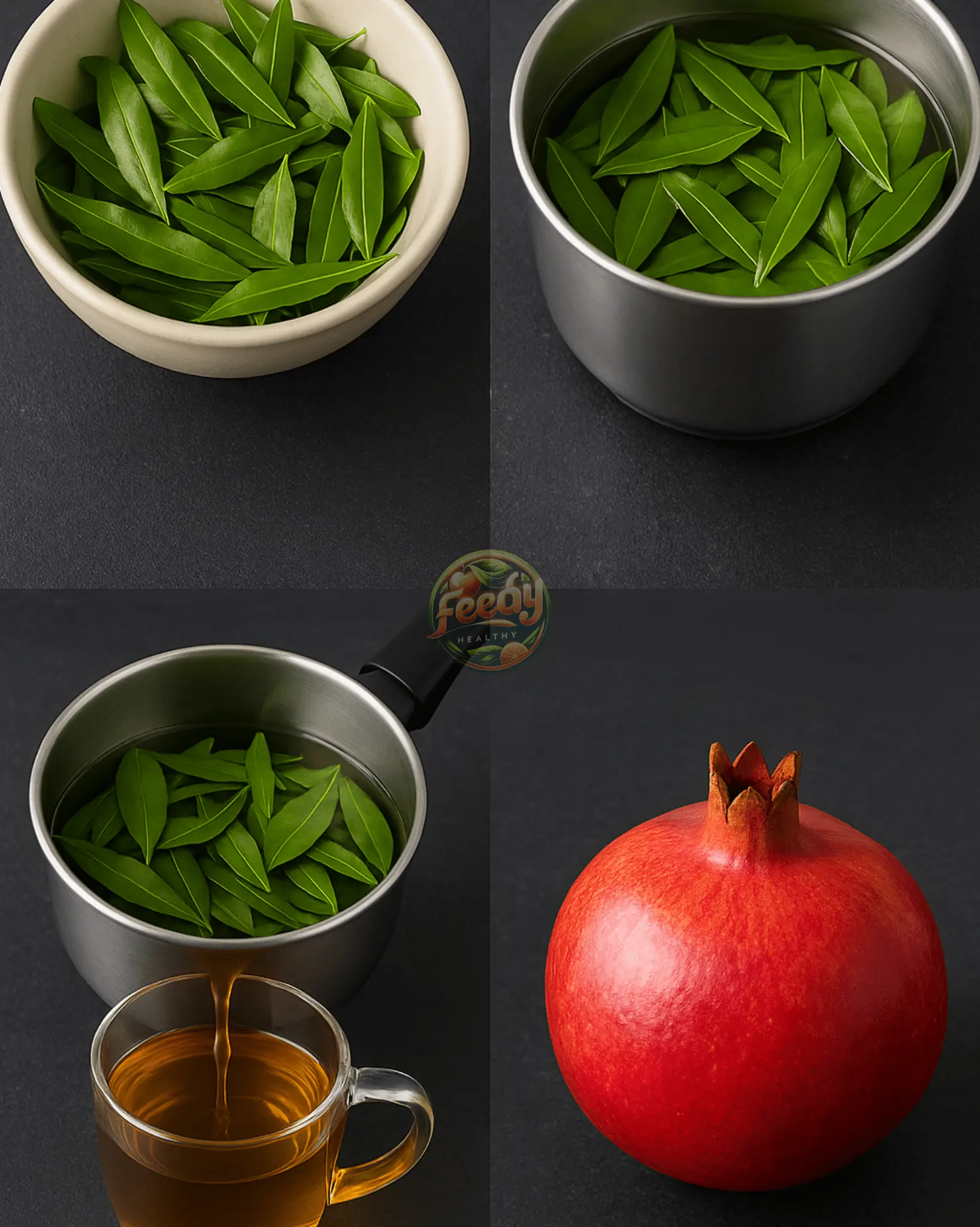
If You See This Plant, Grab It Immediately – It Could Change Your Health!

Unlock the Magic of Properly Storing Onion, Garlic, and Ginger

If You Eat 2 Bananas a Day, This Is What Happens to Your Body!

9 Reasons Why You Should Drink Cucumber, Ginger, Mint, Lemon, and Water Every Day

👁️🌿 5 Powerful Leaves That Naturally Boost Eye Health (Backed by Nutrients, Not Prescriptions)
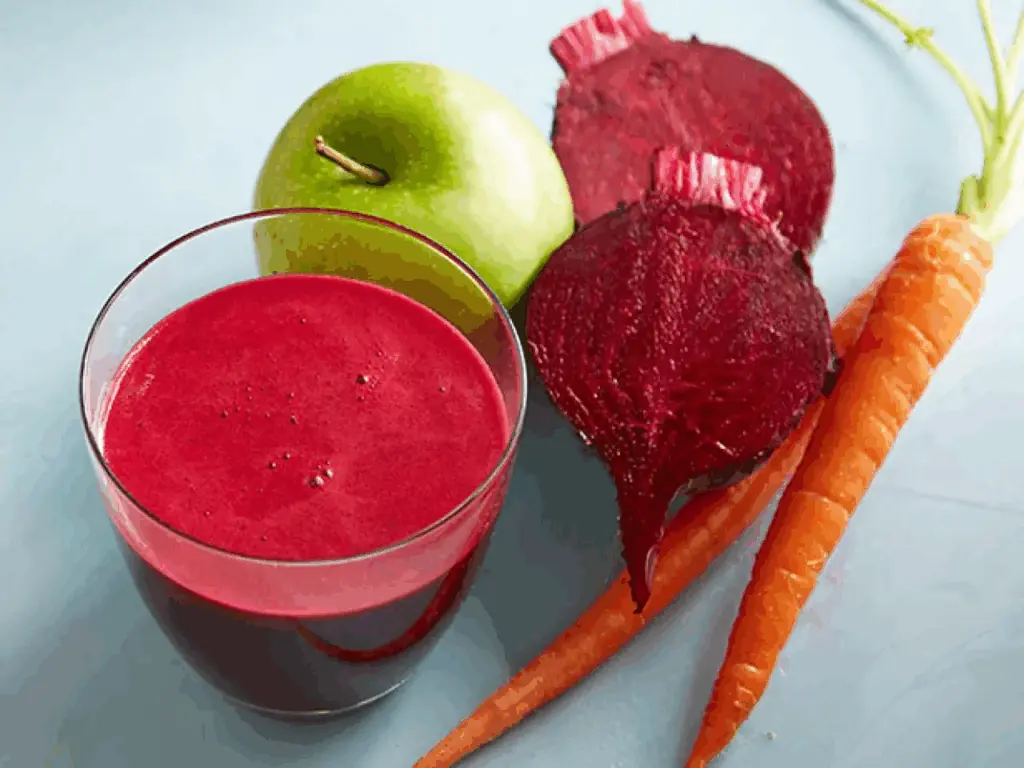
Want Better Health? Try This Delicious Carrot, Beetroot, and Apple Juice Today!

30 MINUTES BEFORE BED – THE “GOLDEN TIME” FOR DETOX, RECOVERY, AND BETTER SLEEP

LEMON PEEL TEA – A NATURAL REMEDY FOR YOUR HEALTH

Daily Skincare Detox Water Therapy
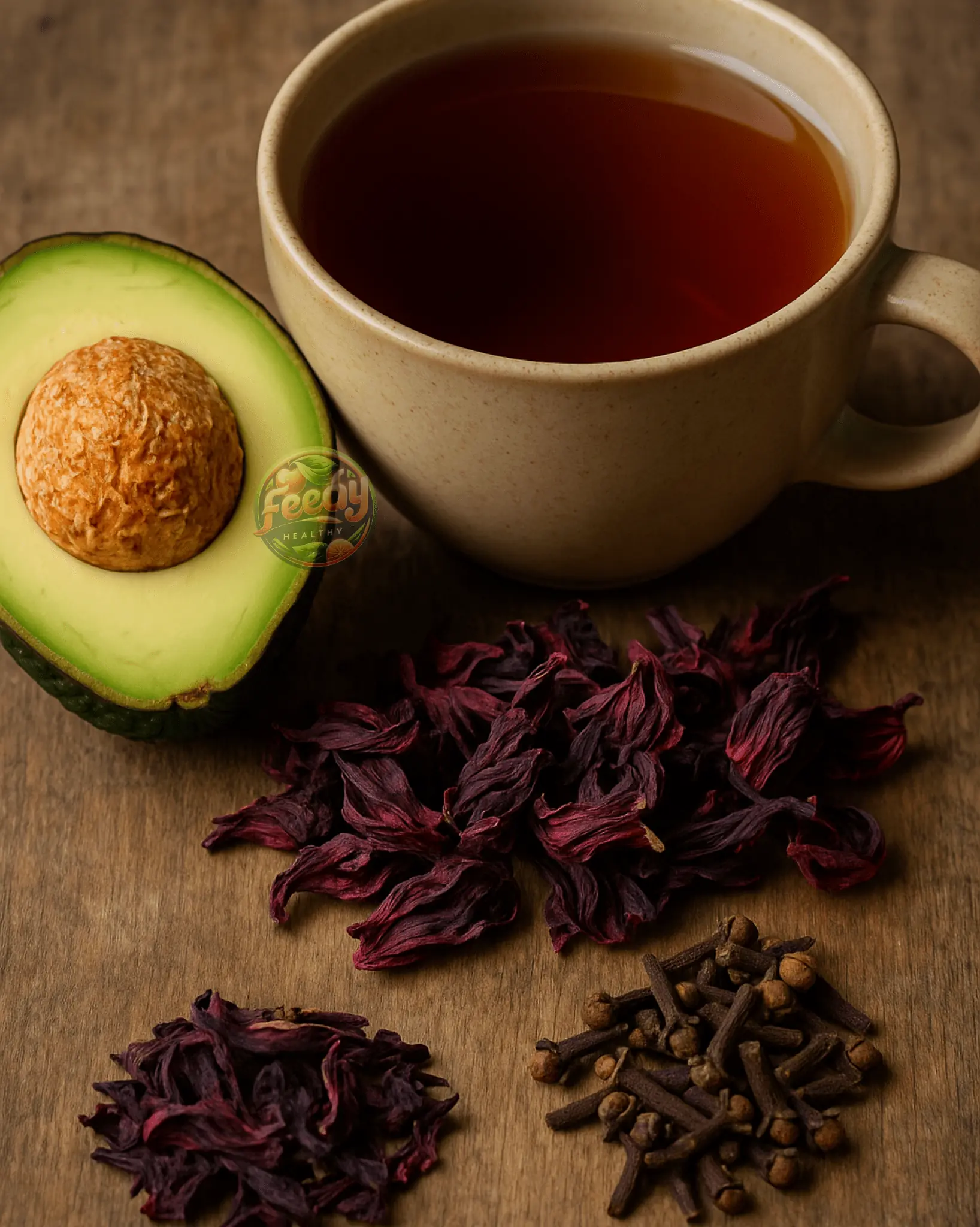
The Seed That Emptied Hospitals: A Natural Remedy for Cancer, Diabetes, High Blood Pressure, and Poor Circulation

Your Legs Are the First to Weaken with Age — These 3 Natural Drinks May Help You Stay Strong and Steady

8 of the Best Anti-Cancer Foods. It’s Time to Start Adding them to Your Diet

The Miracle Drink for Pancreas, Diabetes, Liver, Circulation & Cancer – All Natural and Free!

PRESS THE RIGHT POINTS – ACTIVATE YOUR BODY’S NATURAL HEALING POWER

3 Morning Symptoms That May Signal Early-Stage Cancer

Learn to Listen to Your Body: Read the Face for Health
News Post

Molecular Jackhammers: A Breakthrough in Non-Toxic Cancer Treatment Using Near-Infrared Light

Remove Cracked Heels and Get Beautiful Feet Permanently! 👣✨

Didn't realize this was a thing
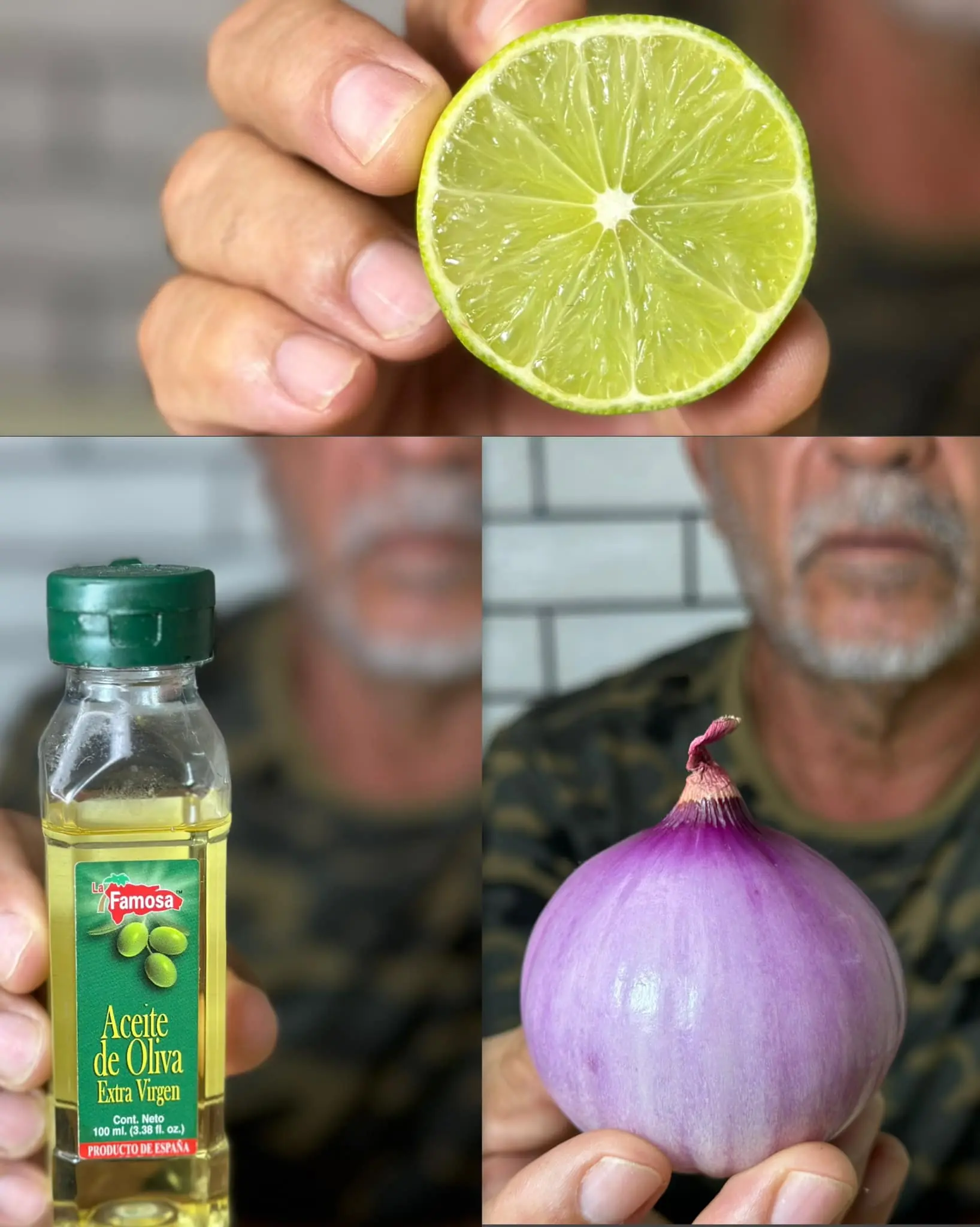
With Just a Few Natural Ingredients: Onion, Olive Oil & Lemon 💥
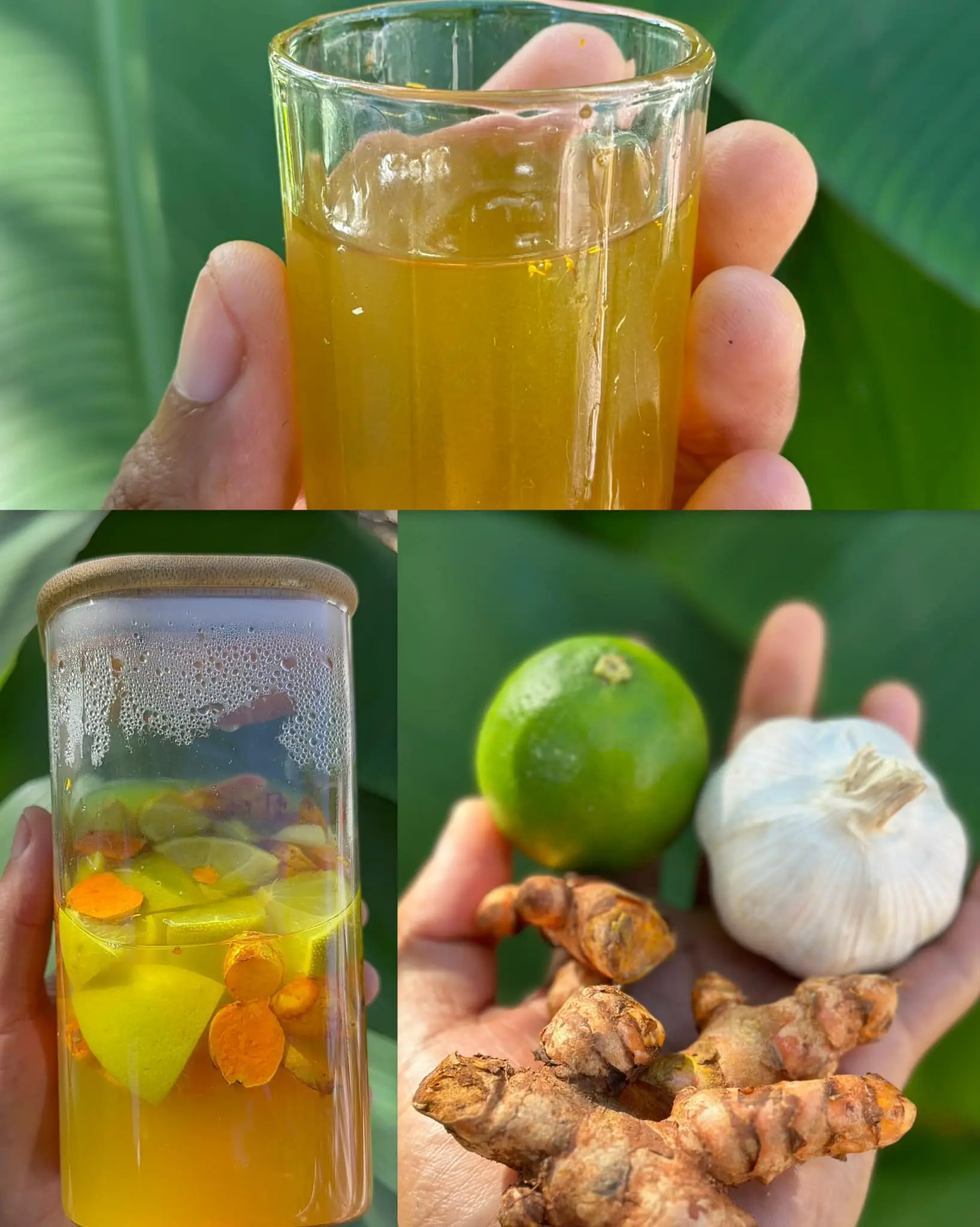
The Iron-Stamina Drink That’s Taking Over — My 75-Year-Old Grandpa Swears by It!

Natural Power Drink That'll Have You Going All Night – No Pills Needed!

Natural Remedy to Restore Vision in Just 7 Days

🌺 Want to Bring Back Your Natural Black Shine?

Cracked heels? This ₹10 trick shocked me! I haven’t bought foot cream since! 🧴👣

6-Year-Old Boy Dies from Late-Stage Cancer: A Wake-Up Call About Sugary Juice Consumption
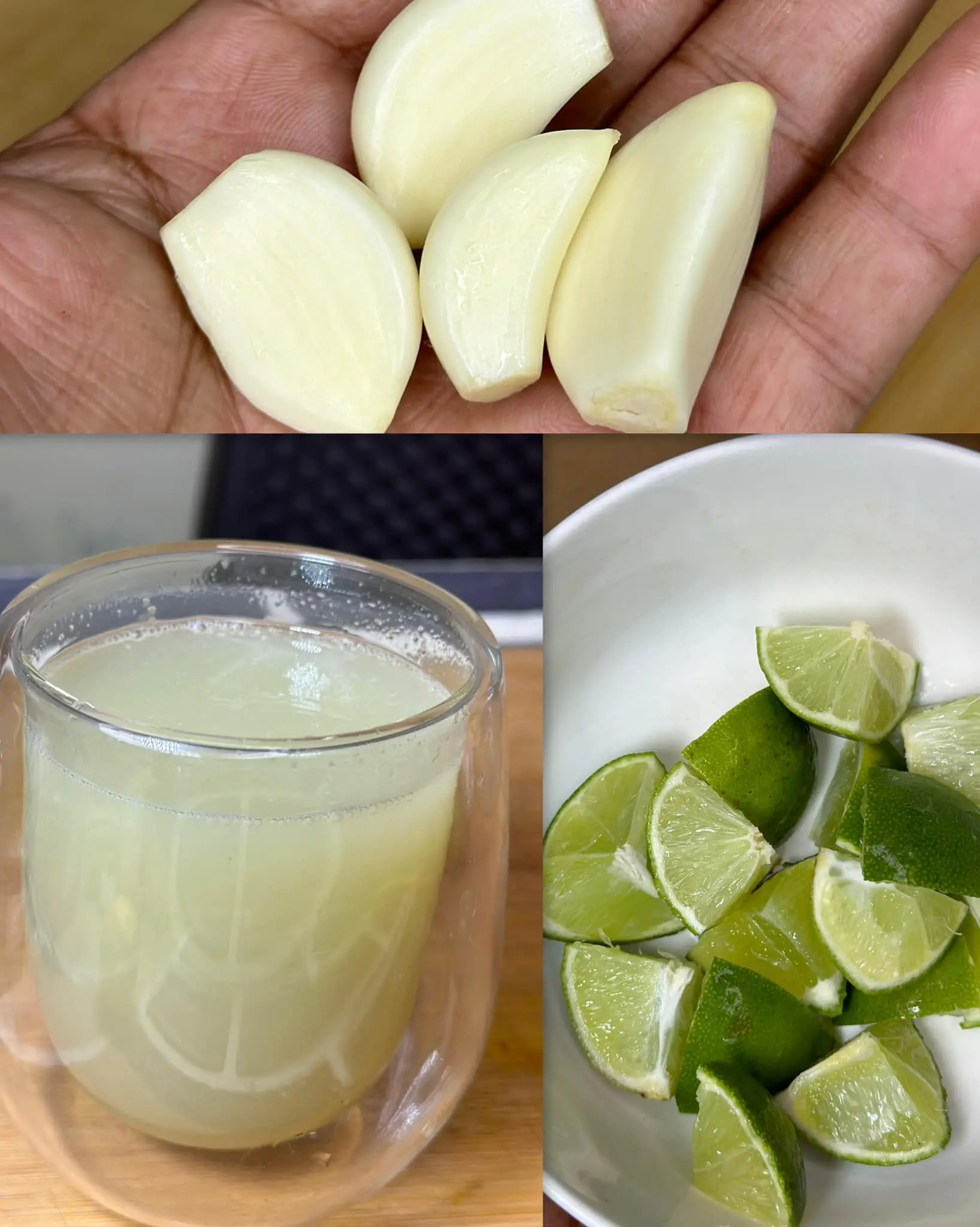
Mix these ingredients and you’ll be a king in bed 💥

Mix Vaseline and Coffee – A Beauty Hack You’ll Wish You Knew Sooner! ✨☕

How to Improve Your Vision Naturally with One Simple Ingredient: Saffron

Mix it right now! 💥

The Indian Secret 🌿 Say Goodbye to Gray Hair Naturally!
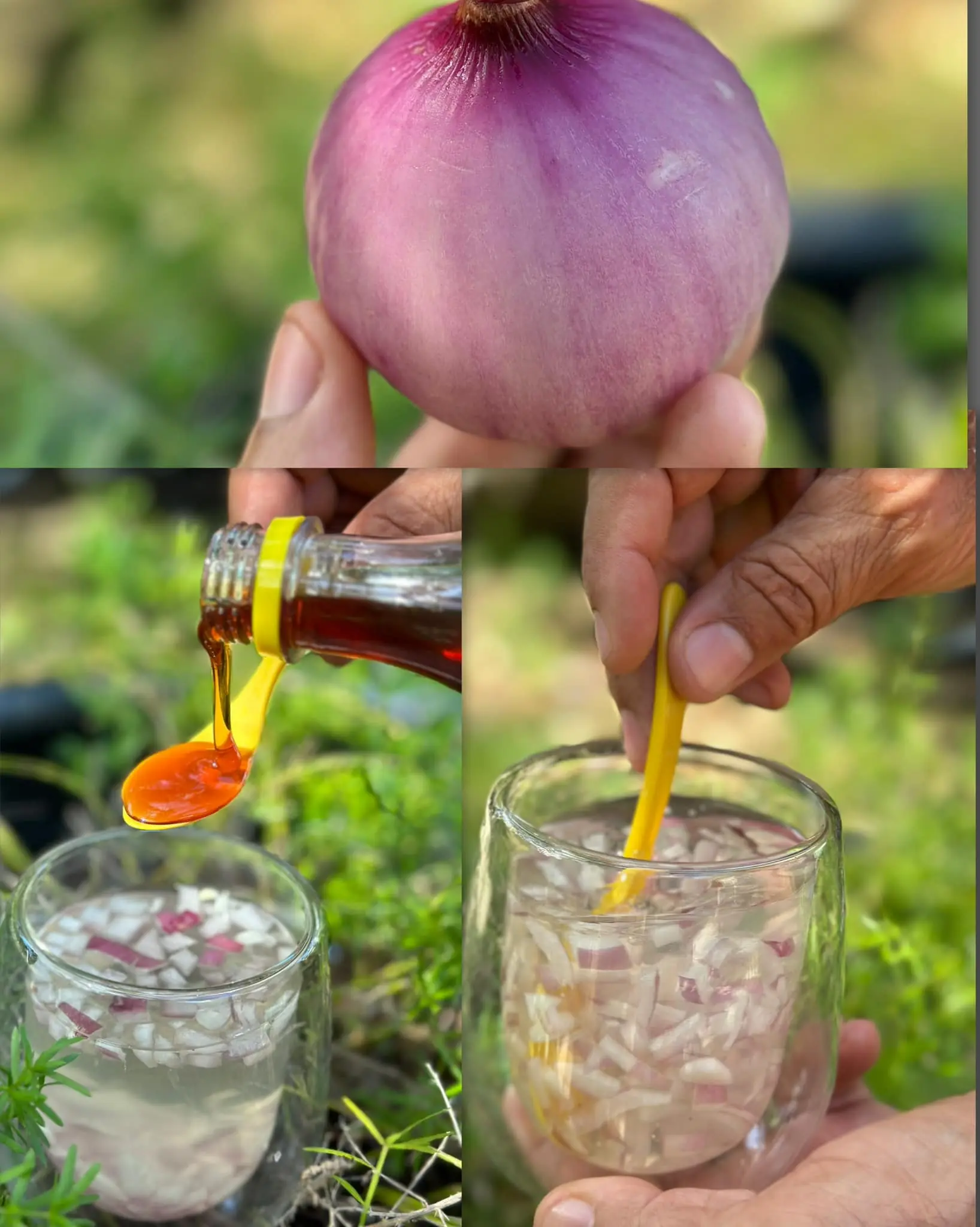
It will make you as hard as steel just by making this powerful mixture
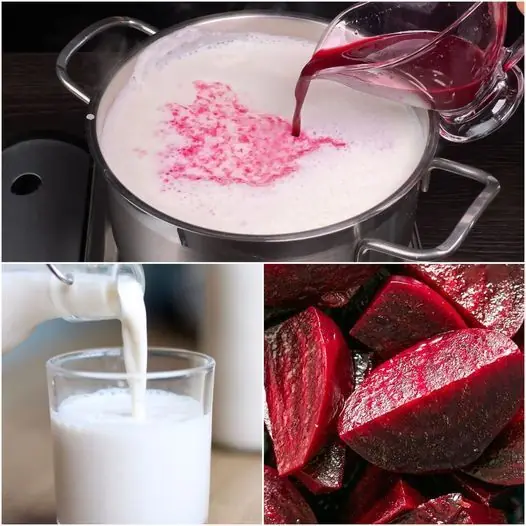
🥛 Pour Beets into Boiling Milk – A Delicious & Healthy 3-Ingredient Recipe!
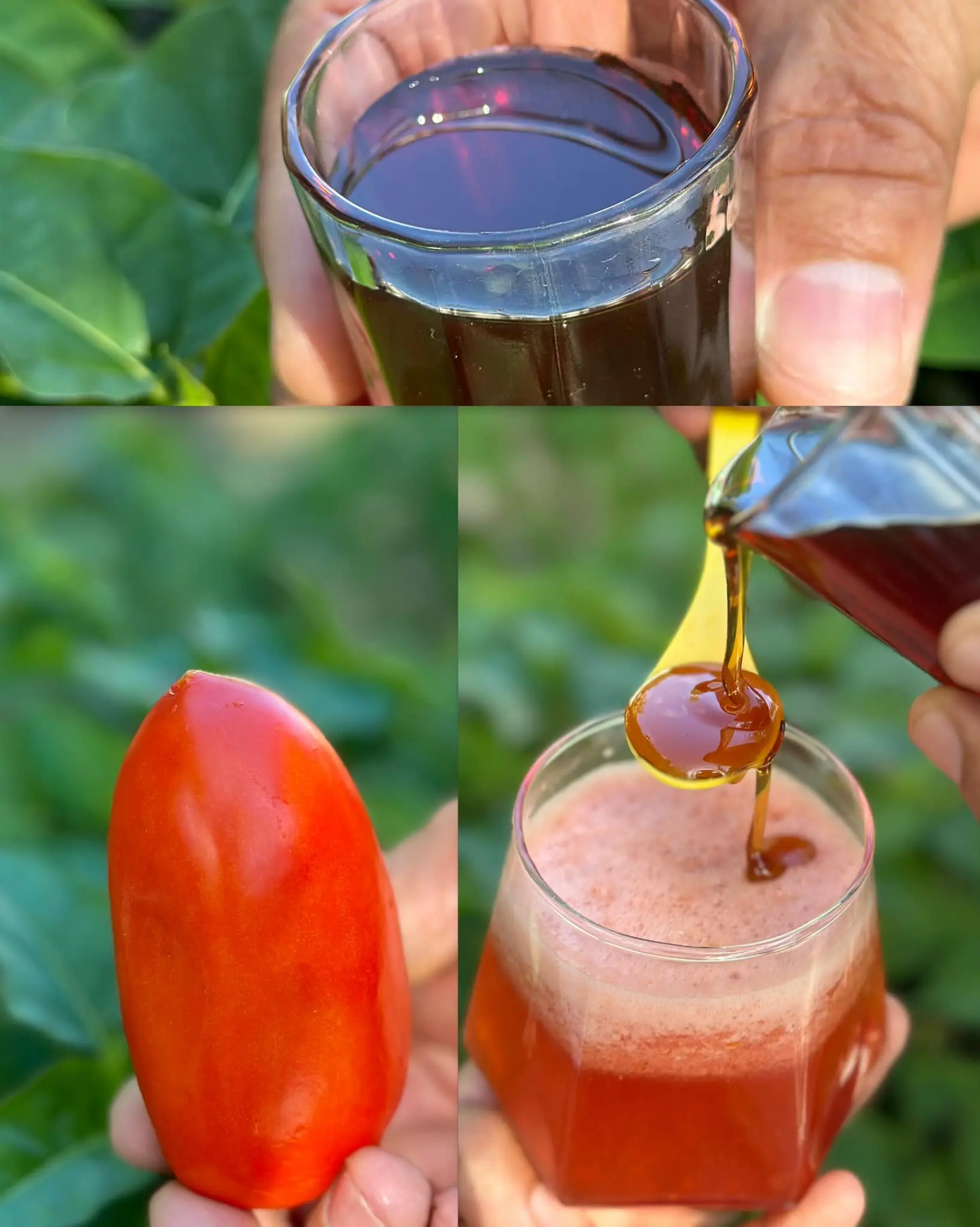
Don't take too much of it because you'll become the alpha male of all women 💥

Garlic’s Natural Benefits: 12 Ways to Support Immunity and Respiratory Health
